Indiana Dunes State Park
- January 30, 2024
- 0 comment
Experience Indiana Dunes State Park’s diverse landscapes: stunning beaches, rich biodiversity, and scenic trails for an unforgettable adventure. Indiana Dunes State Park, a natural marvel along the southern shores of Lake Michigan, offers an extraordinary blend of scenic beauty and ecological diversity. This park is a sanctuary for those seeking a memorable outdoor experience, where stunning beaches meet rich biodiversity. Visitors are greeted by an array of landscapes, from pristine sandy shores to lush, verdant trails.

The park’s varied ecosystems provide a haven for a wide range of flora and fauna, making it a prime spot for birdwatching and nature photography. Beyond its natural allure, Indiana Dunes State Park is a hub for adventure enthusiasts, featuring miles of scenic trails suitable for hiking and exploring the serene beauty of the region. It’s a destination where every visit promises unique discoveries and unforgettable adventures.
Characterizing Features of Indiana Dunes State Park
- Expansive Sandy Beaches: Indiana Dunes State Park is renowned for its expansive sandy beaches stretching along 15 miles of Lake Michigan’s southern shore. These beaches are not only a haven for sunbathers and swimmers but also play a crucial ecological role. They provide unique habitats for various shorebirds and act as natural barriers protecting the inland ecosystems from lake surges.
- Diverse Dune Ecosystems: The park is home to some of the most diverse dune ecosystems in North America. These dunes, formed over thousands of years, vary in size and type, including foredunes, blowout dunes, and stable wooded dunes. Each dune type supports a different array of plant and animal life, making the park a fascinating study in ecological succession and diversity.
- Wetlands and Waterways: Scattered throughout Indiana Dunes are numerous wetlands, including marshes, swamps, and bogs. These areas are crucial for biodiversity, serving as breeding grounds and habitats for many species. The park’s waterways, including the Little Calumet River and several creeks, also contribute to this rich mosaic of habitats, supporting aquatic ecosystems and providing vital resources for wildlife.
- Prairies and Woodlands: Beyond the dunes, the park transitions into beautiful prairies and lush woodlands. These areas are characterized by tallgrass prairies and dense forests, hosting a variety of plant species, from wildflowers to towering oaks. The prairies and woodlands are not only visually stunning but are also critical for maintaining the park’s ecological balance.
- Biodiversity Hotspot: Indiana Dunes State Park is a biodiversity hotspot, hosting over 1,100 flowering plant species and a myriad of animal species. This rich biodiversity is attributed to the park’s varied habitats and its location at the crossroads of several ecological regions. The park’s role as a migration stopover adds to its ecological significance, making it a vital area for birdwatching and wildlife observation.
- Geological Significance: The park’s landscape is a testament to geological forces over millennia. The dunes themselves are formed by the constant movement of sand by wind and water, a process that continues to shape the park’s topography. This dynamic landscape offers an invaluable insight into geological processes and is a key reason for the park’s establishment as a significant natural area.
- Recreational Hub: Apart from its natural wonders, Indiana Dunes State Park is also a recreational hub. With its trails, beaches, and picnic areas, the park attracts visitors looking for hiking, bird watching, fishing, and swimming. This blend of recreational opportunities with natural beauty makes the park a cherished destination for both relaxation and adventure.
History of Indiana Dunes State Park
Indiana Dunes State Park, located along Lake Michigan’s southern shore, has a fascinating history that began in the early 20th century. At that time, the beautiful dunes faced the threat of being lost to industrial development. Concerned about the future of this unique landscape, a group of conservationists, including a University of Chicago botanist named Henry Cowles, rallied for its protection. Their efforts were driven by a deep appreciation for the dunes’ natural beauty and ecological importance. In 1925, their hard work paid off with the establishment of Indiana Dunes State Park, which was a significant victory for those advocating for the preservation of natural spaces.

As years passed, Indiana Dunes State Park grew in popularity, attracting visitors with its stunning landscapes and varied recreational activities. The park’s success in drawing public interest led to the creation of the Indiana Dunes National Park in 1966, further protecting the surrounding dune area. The state park has been a focus of scientific study too, helping experts learn more about dune ecosystems and conservation. Through careful management, the park continues to offer a place for people to enjoy nature while also ensuring that its beauty and ecological richness are maintained for future generations. The story of Indiana Dunes State Park is not just about saving a natural area; it’s a reminder of the importance of looking after our environment while enjoying the benefits it provides.
Unique Ecosystem of Indiana Dunes State Park
Indiana Dunes State Park is renowned for its unique and diverse ecosystem, a remarkable blend of different habitats coexisting within a relatively small geographic area. This ecological richness stems from its location at the southern tip of Lake Michigan, where varied environments such as sandy dunes, wetlands, prairies, and woodlands converge. The dunes themselves, shaped by the persistent forces of wind and water, create a dynamic landscape that supports a wide range of plant and animal life. The park’s wetlands are vital for biodiversity, providing crucial habitats for numerous species, while the prairies and woodlands add further ecological complexity.
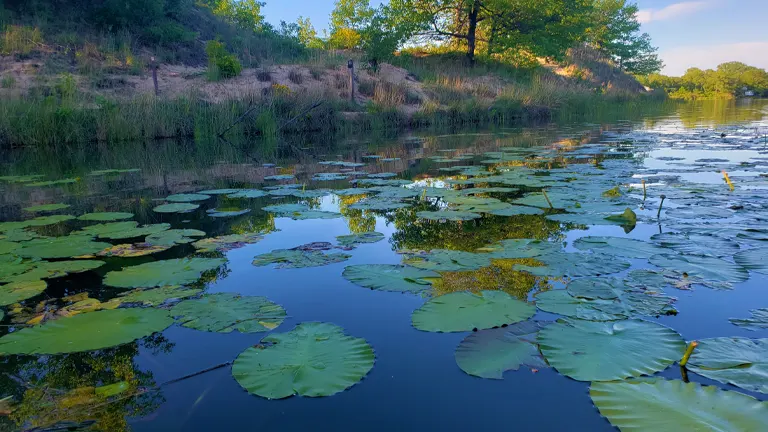
This mix of ecosystems makes the park a crucial area for ecological studies and conservation efforts, as it supports an array of species that includes rare and endangered plants and animals. The park’s unique environmental conditions have also made it a key location for scientific research in ecology and environmental science, contributing valuable insights into the understanding of dune ecosystems and their preservation.
Location of Indiana Dunes State Park
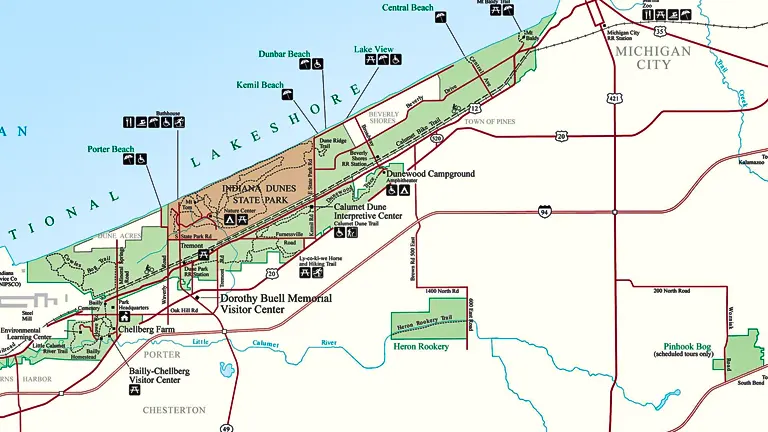
Indiana Dunes State Park is situated in the northern part of Indiana, along the southern shore of Lake Michigan. This prime location places it within easy reach of major urban centers, notably Chicago, which is just about 50 miles away. The park’s proximity to both urban and rural areas makes it a popular destination for a diverse range of visitors seeking natural beauty and outdoor activities.
Here’s a list of guides on how to reach Indiana Dunes State Park:
1. Driving from Chicago:
- Take Interstate 90 East (Indiana Toll Road) or Interstate 94 East.
- Exit on IN-49 North towards Chesterton.
- Follow IN-49 North straight to the park entrance.
2. Driving from Indianapolis:
- Head north on Interstate 65.
- Merge onto Interstate 94 East towards Detroit.
- Exit on IN-49 North and continue to the park.
3. Using Public Transit from Chicago:
- Catch the South Shore Line train from Millennium Station.
- Get off at Dune Park Station or Beverly Shores, then take a taxi or bike to the park.
4. From South Bend, Indiana:
- Take the South Shore Line westbound.
- Exit at Dune Park Station or Beverly Shores, then taxi or cycle to the park.
5. From Michigan:
- Travel west on Interstate 94.
- Take exit 26B to merge onto IN-49 North towards Chesterton.
- Follow IN-49 North directly to the park.
6. By Bicycle:
- The park is accessible via the Prairie Duneland Trail which connects to several other trails in the region.
7. Airport Travelers:
- From Chicago O’Hare or Midway Airports, rent a car and follow the directions from Chicago.
- Public transit options are also available from both airports, involving a combination of trains and buses.
Remember to check for any travel advisories or route changes before your journey. The park is well-signposted, but having a GPS or a map can be helpful, especially if you’re exploring the area for the first time.
The Importance of Conservation and Recreation in Indiana Dunes State Park
The importance of conservation and recreation in Indiana Dunes State Park cannot be overstated, as it exemplifies the delicate balance between preserving natural ecosystems and providing recreational opportunities. This park, with its unique dune ecosystems, diverse wildlife, and rare plant species, serves as a critical habitat for many organisms, some of which are found nowhere else. Conservation efforts in the park are crucial to protect these species and to maintain the ecological integrity of this unique landscape.

Simultaneously, the park offers a multitude of recreational activities, including hiking, bird watching, and beach-going, which not only enrich the visitor experience but also foster a deeper appreciation for the natural world. By providing these recreational avenues, Indiana Dunes State Park plays a pivotal role in educating the public about the importance of environmental stewardship, while also showcasing how human activities can coexist sustainably with nature. This dual focus on conservation and recreation underscores the park’s role as an invaluable natural sanctuary and a source of joy and learning for visitors.
Diverse Vegetation and Plant Species in Indiana Dunes State Park
- Marram Grass (Ammophila breviligulata): A key species in dune formation and stabilization, Marram Grass thrives in sandy conditions. Its deep root system helps to hold the dunes in place, preventing erosion.
- Black Oak (Quercus velutina): Dominant in the park’s oak savannas, the Black Oak is adapted to the sandy, dry soils. Its presence is crucial for maintaining the unique savanna ecosystem.
- Pitcher’s Thistle (Cirsium pitcheri): A federally listed threatened species, this native thistle is found exclusively in Great Lakes dunes. Its survival in Indiana Dunes State Park is vital for its continued conservation.
- Eastern Prickly Pear Cactus (Opuntia humifusa): Surprisingly, this cactus species is native to the dunes. It thrives in sandy, well-drained soils and is a unique sight in this northern climate.
- Wild Blue Lupine (Lupinus perennis): Essential for the survival of the endangered Karner blue butterfly, this flowering plant prefers sandy or gravelly soils and is a beautiful sight in the park’s prairies.
- Cottonwood (Populus deltoides): Often found near water, Cottonwood trees are crucial in stabilizing the soil along the banks of rivers and streams, preventing erosion and providing habitat for wildlife.
- Hoary Puccoon (Lithospermum canescens): A bright yellow flowering plant, Hoary Puccoon is often seen in the park’s sandy prairies. It’s known for its hardy nature, adapting well to the dry, nutrient-poor conditions of the dunes.
- Bottle Gentian (Gentiana andrewsii): This unique flower, with its closed blue blossoms, is found in the park’s moist prairies. It’s a favorite among pollinators, despite its blooms never fully opening.


Fauna in Indiana Dunes State Park
- White-Tailed Deer (Odocoileus virginianus): Commonly seen in the park, White-Tailed Deer are a symbol of the region’s diverse wildlife. They play a crucial role in the ecosystem, impacting the forest and understory vegetation.
- Karner Blue Butterfly (Lycaeides melissa samuelis): This small, endangered butterfly relies on the wild blue lupine for its survival. The presence of this species in the park underscores the importance of conservation efforts for specialized habitats.
- Sandhill Crane (Antigone canadensis): Majestic in flight and known for their large size and distinct call, Sandhill Cranes are often seen in the park’s wetlands, especially during migration seasons.
- Red Fox (Vulpes vulpes): These adaptable mammals are often spotted in the park. Red Foxes play an important role in controlling rodent populations and are a key species in the park’s food web.
- American Beaver (Castor canadensis): Beavers, with their dam-building activities, are ecosystem engineers in the park. They create wetlands that provide habitats for a variety of other species.
- Spotted Turtle (Clemmys guttata): A species of special concern, the Spotted Turtle inhabits the park’s wetlands. Its presence is a good indicator of wetland health and biodiversity.
- Piping Plover (Charadrius melodus): This small shorebird, a federally threatened species, nests on the park’s beaches. Conservation efforts in the park play a critical role in protecting the nesting sites of these birds.
- Eastern Massasauga Rattlesnake (Sistrurus catenatus): Although rare, this venomous snake is native to the area and prefers wet prairies and marshes. It’s an important, though often misunderstood, part of the park’s ecological community.
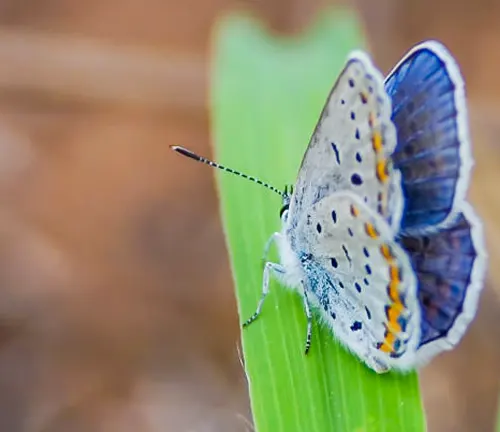
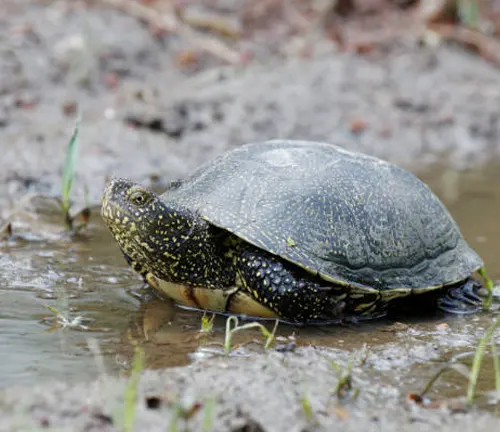
Each of these species contributes to the rich and complex web of life in Indiana Dunes State Park. Their varied lifestyles and habitats reflect the park’s ecological diversity, making it a fascinating place for wildlife observation and study.
Different Attractions in Indiana Dunes State Park
The Three Dune Challenge: The Three Dune Challenge is a thrilling adventure for visitors seeking a vigorous outdoor activity. This challenging trail takes hikers over the three highest dunes in the park, offering not only a rewarding physical experience but also spectacular views of Lake Michigan and the surrounding landscapes. It’s a unique way to experience the park’s natural beauty while testing one’s endurance.
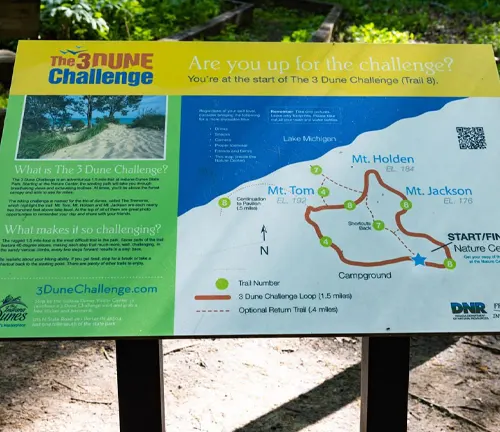
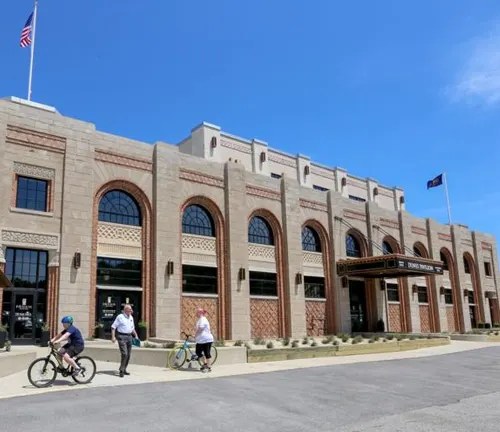
The Beach Pavilion: The Beach Pavilion is both a historical landmark and a popular attraction within the park. Overlooking the picturesque shores of Lake Michigan, the pavilion provides visitors with amenities for beach activities and is an ideal spot for enjoying the stunning lake views. Its architectural charm also adds to the historical ambiance of the park, making it a perfect backdrop for relaxation and photography.
Nature Center: The Nature Center at Indiana Dunes State Park is a hub of educational and recreational activities. It offers interactive exhibits, educational programs, and guided walks, providing visitors with in-depth knowledge about the park’s diverse ecosystems and wildlife. The center is a great starting point for anyone looking to understand and appreciate the park’s natural and cultural history.


Bird Observation Platform: For bird enthusiasts, the Bird Observation Platform is a must-visit. Located in a prime spot for birdwatching, the platform offers a chance to observe a variety of migratory and resident bird species. The park’s unique position along the migratory path of many birds makes it an ideal location for birdwatching, especially during migration seasons.
Trails for Hiking and Biking: Indiana Dunes State Park boasts over 16 miles of trails for hiking and biking, catering to all skill levels. These trails wind through various habitats, offering hikers and bikers scenic views and a close encounter with the park’s natural beauty. Each trail provides a unique perspective of the park, from the rugged dune landscapes to the tranquil wooded areas.
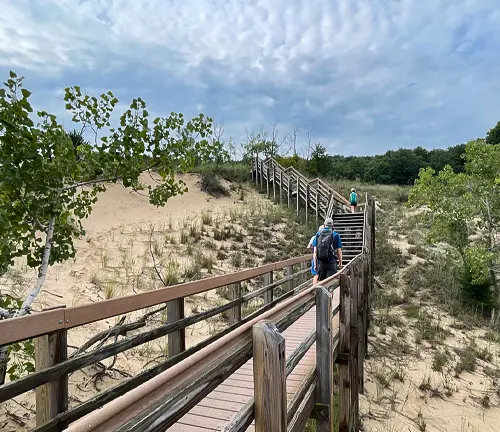
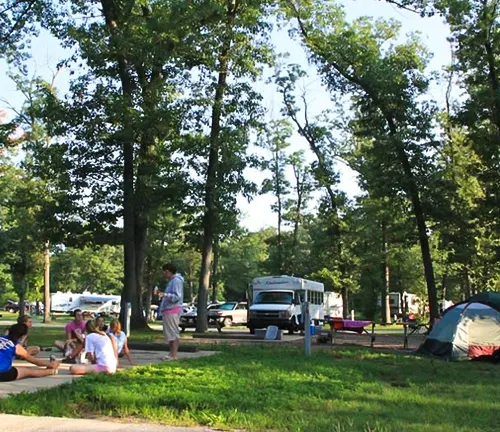
Camping Facilities: For those looking to extend their stay, the park’s camping facilities offer a wonderful opportunity to experience the outdoors. The campgrounds are well-equipped, providing visitors with a comfortable and immersive natural experience. Whether for a family trip or a solitary retreat, camping at Indiana Dunes State Park is a way to connect with nature and enjoy the park’s serene environment.
Recreational Activities in Indiana Dunes State Park
- Hiking: Indiana Dunes State Park is a hiker’s paradise, offering over 16 miles of trails that cater to all skill levels. These trails traverse diverse landscapes, from rugged dunes to serene forests, allowing hikers to explore the park’s unique ecosystems. Each trail offers its own experience, whether it’s a challenging climb up the dunes or a peaceful stroll through the woods, making hiking a popular and rewarding activity in the park.
- Bird Watching: The park is a haven for birdwatchers, especially during the spring and fall migrations. Its diverse habitats support a wide array of bird species, including rare and migratory birds. The Bird Observation Platform provides an excellent vantage point for enthusiasts to spot and observe these birds in their natural environment, making bird watching a rewarding activity for nature lovers.
- Swimming and Sunbathing: The park’s beaches along Lake Michigan are perfect for swimming and sunbathing. The sandy shores offer a relaxing escape with beautiful views of the lake, making it a favorite spot for families and sun-seekers. The clear waters of Lake Michigan provide a refreshing swim on hot summer days, adding to the enjoyment of beach activities.
- Fishing: Fishing enthusiasts can enjoy angling in the waters of Lake Michigan and the park’s streams. The park offers opportunities for both freshwater and stream fishing, with a variety of fish species available. Whether from the shore or a boat, fishing in the park is a peaceful way to connect with nature and a favorite pastime for many visitors.
- Camping: Camping at Indiana Dunes State Park offers an immersive outdoor experience. The park’s campgrounds are well-equipped, providing a comfortable stay amidst nature. Whether in a tent under the stars or in an RV, camping allows visitors to fully experience the tranquility and beauty of the park’s natural surroundings.
- Photography: With its stunning landscapes and rich biodiversity, the park is a fantastic location for photography. From capturing the beauty of the dunes at sunrise to photographing the diverse wildlife, photographers of all levels can find endless inspiration in the park. The changing seasons also offer a variety of scenes, making photography a year-round activity.
- Nature Study and Environmental Education: The park’s Nature Center offers a range of educational programs and exhibits, making it an ideal place for nature study and environmental education. These programs provide insights into the park’s ecosystems and wildlife, catering to visitors of all ages who are interested in learning more about the natural world.
- Picnicking: Picnicking is a popular and relaxing way to enjoy the park’s beauty. With numerous picnic areas equipped with tables and grills, visitors can have a delightful outdoor meal surrounded by nature. Whether it’s a family gathering or a quiet lunch, picnicking in the park is a simple yet enjoyable way to spend time outdoors.
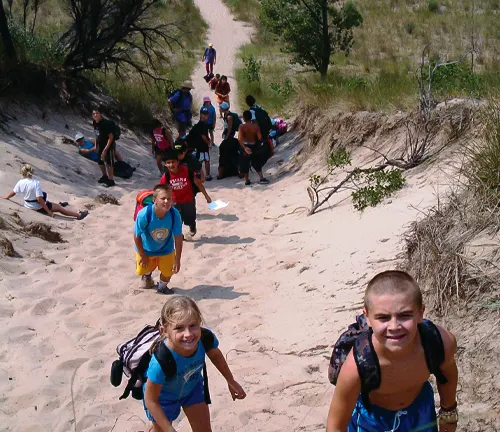

Different Facilities and Amenities in Indiana Dunes State Park
- Interpretive Pavilion: This facility offers educational exhibits about the park’s natural features and history. It’s a great starting point for visitors to learn about the dunes, local wildlife, and conservation efforts.
- Accessible Boardwalks: The park features boardwalks that provide easy access to the beach and some trails. These boardwalks are especially useful for visitors with mobility challenges, ensuring that the park’s beauty is accessible to all.
- Visitor Center: Serving as a gateway to the park, the Visitor Center provides maps, brochures, and information about current conditions and events. Staff are available to answer questions and help plan visits.
- Observation Towers: Scattered throughout the park, observation towers offer panoramic views of the dunes, Lake Michigan, and surrounding areas. They are perfect spots for photography and birdwatching.
- Children’s Play Areas: Designed to engage younger visitors, these areas offer a safe and fun environment for children to play. They are located near some of the picnic areas, allowing families to relax and enjoy their time together.
- Amphitheater: The park’s amphitheater hosts a variety of programs, including ranger talks, educational presentations, and occasional outdoor performances, enriching the visitor experience with cultural and informational events.
- Concession Stands: Located near popular areas, these stands offer snacks, drinks, and sometimes beach supplies. They provide convenience for visitors spending the day exploring or relaxing by the lake.
- Emergency Stations: Strategically placed for safety, emergency stations throughout the park offer quick access to first aid and assistance in case of an emergency, ensuring visitor safety.
Tips and Advice for Visiting Indiana Dunes State Park
- Check the Weather Before Visiting: The weather at Indiana Dunes State Park can vary greatly, impacting activities and what you should wear. Checking the weather forecast before your visit can help you pack appropriately, whether it’s for warm beach days or cooler hiking weather.
- Wear Proper Footwear: Whether you’re hiking the dunes or exploring the trails, wearing sturdy, comfortable footwear is essential. The sandy and sometimes uneven terrain can be challenging, and proper shoes will help prevent slips and falls.
- Stay Hydrated: Especially during the summer months, it’s important to stay hydrated. Bring plenty of water with you, as physical activities like hiking and climbing the dunes can be strenuous, and dehydration can occur quickly.
- Respect Wildlife and Plants: The park is home to a variety of wildlife and plant species, some of which are rare or endangered. It’s important to observe them from a distance and not disturb their natural habitats. Stick to designated trails to avoid harming the vegetation.
- Plan Your Visit Around Peak Times: If you prefer a quieter experience, try to visit during weekdays or non-holiday periods. The park can become quite busy during weekends and holidays, especially in the summer.
- Use Sun Protection: When spending time outdoors, especially on the beach, use sun protection such as sunscreen, hats, and sunglasses. The sun can be intense, and protecting yourself from harmful UV rays is important.
- Familiarize Yourself with Park Rules: Before you visit, review the park’s rules and regulations. This includes information about pet policies, areas where food is allowed, and guidelines for using recreational facilities. Following these rules helps ensure a safe and enjoyable experience for everyone.
- Leave No Trace: Practice Leave No Trace principles during your visit. This means packing out all your trash, staying on marked trails, and leaving natural objects and landscapes as you find them. It’s vital for preserving the park’s natural beauty and ecological integrity.
- Explore Beyond the Beach: While the beach is a major attraction, the park offers much more. Take the time to explore its diverse trails, woodlands, and wetlands to fully experience the richness of the park.
- Plan for Changing Lake Conditions: Lake Michigan’s conditions can change rapidly. Be mindful of swimming advisories and undertow warnings, and always supervise children near the water.
Recommendation
Discover the natural wonders of Indiana Dunes State Park! With its breathtaking dunes, lush forests, and pristine beaches, it’s a perfect destination for outdoor enthusiasts and families alike. Whether you’re hiking, birdwatching, or just seeking a peaceful retreat, this park offers an unforgettable experience. I highly recommend a visit to this beautiful sanctuary on Lake Michigan’s shore.
Conclusion
In conclusion, Indiana Dunes State Park stands out as a remarkable natural oasis, offering a diverse range of activities set against a backdrop of stunning landscapes. From its towering sand dunes to the tranquil shores of Lake Michigan, the park is a testament to the beauty and resilience of nature. Whether you’re seeking adventure, relaxation, or a bit of both, Indiana Dunes provides an escape that caters to all. Its ecological diversity, rich history, and commitment to conservation make it more than just a park; it’s a cherished destination that leaves a lasting impression on all who visit.
FAQs
- What’s the best time of year to visit Indiana Dunes State Park?
The park is beautiful year-round, but summer offers beach activities and winter has its own serene beauty. Spring and fall are less crowded and great for hiking. - Are there any entrance fees for the park?
Yes, there is a small entrance fee per vehicle, which helps with the maintenance and conservation of the park. - Can I bring my dog to Indiana Dunes State Park?
Yes, dogs are welcome but must be kept on a leash at all times. Be sure to follow park rules regarding pets. - Is swimming allowed at the park’s beaches?
Yes, swimming is allowed, but there are no lifeguards on duty, so it’s at your own risk. Pay attention to safety signs and flags. - Are there camping facilities available?
Yes, the park offers camping facilities with a variety of options from tent sites to RV hookups. It’s recommended to book in advance, especially in peak seasons. - Is Indiana Dunes State Park suitable for children?
Absolutely! The park is family-friendly with beaches, easy hiking trails, and a nature center that offers educational programs for kids. - Can I have a picnic in the park?
Yes, there are designated picnic areas with tables and grills throughout the park. Just remember to clean up after yourself to preserve the park’s natural beauty. - Are there guided tours available?
The park occasionally offers guided tours, especially during peak tourist seasons. Check the park’s event calendar or inquire at the Nature Center for current offerings.
As we wrap up our exploration of Indiana Dunes State Park, we’re reminded of the simple yet profound joys nature offers. This park, with its majestic dunes, lush forests, and serene beaches, is a beautiful testament to the wonders of the natural world. It’s a place where memories are made, spirits are lifted, and the beauty of the outdoors is celebrated in every visit. Whether you’re a returning visitor or planning your first trip, Indiana Dunes State Park awaits with open arms and endless adventures.


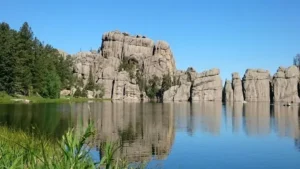
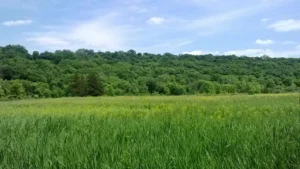
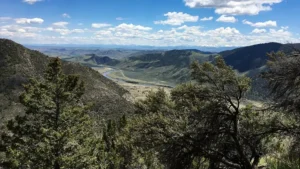

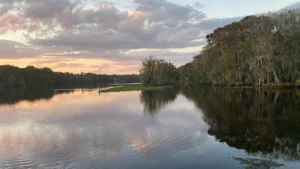
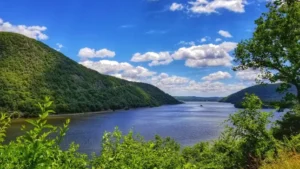
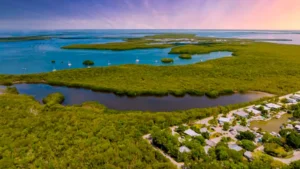
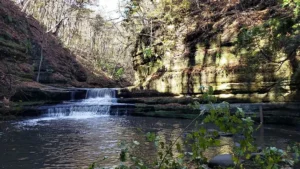

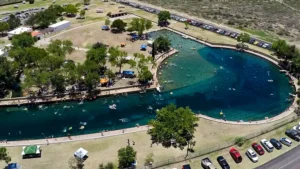

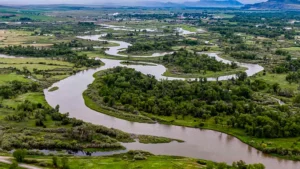
Leave your comment